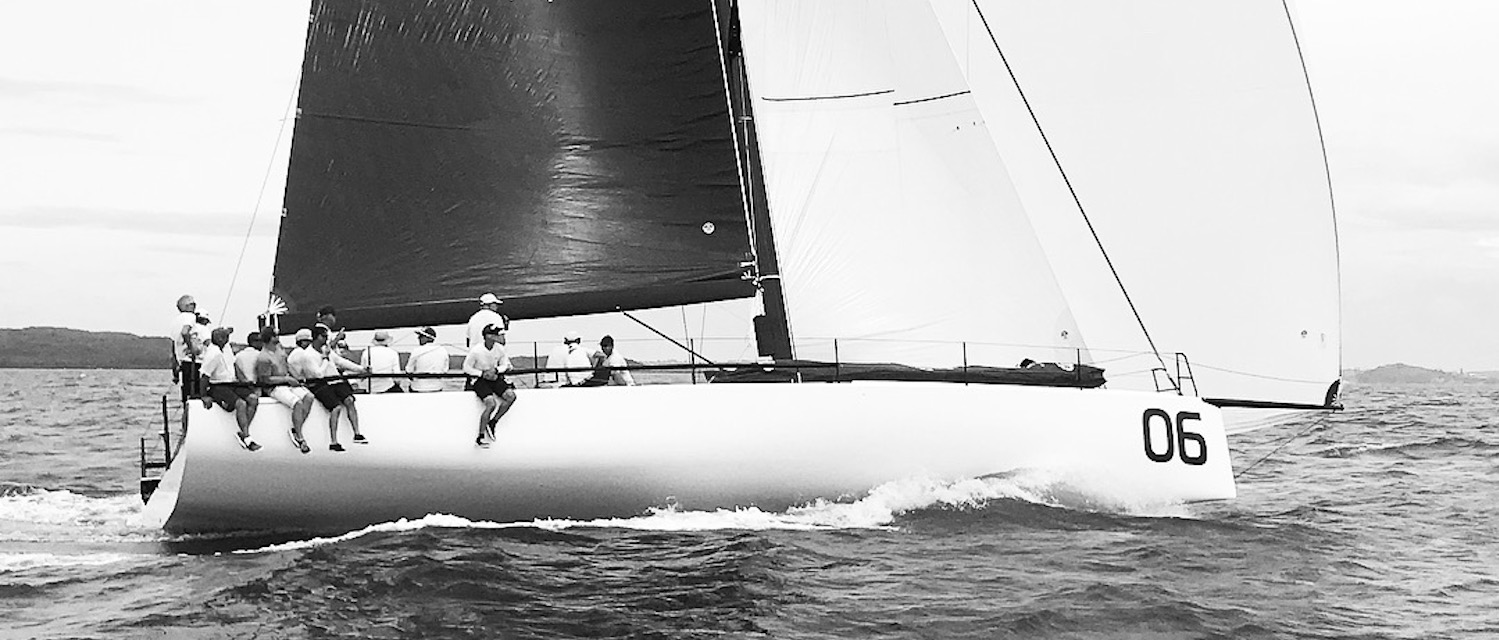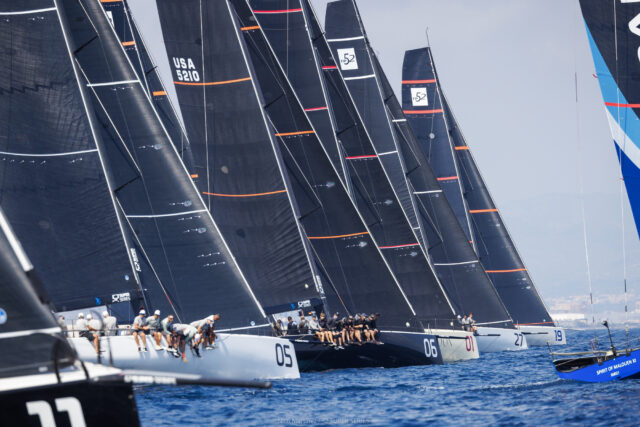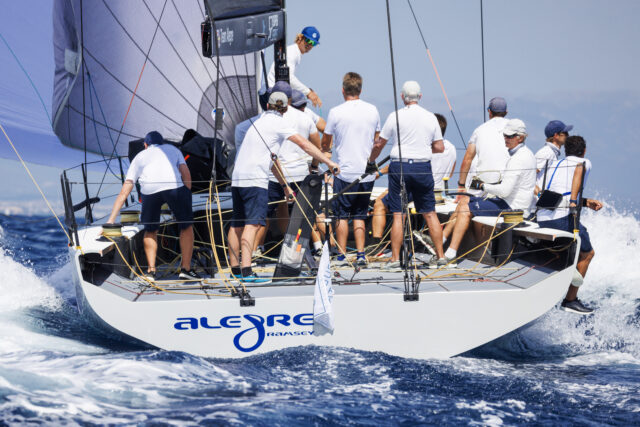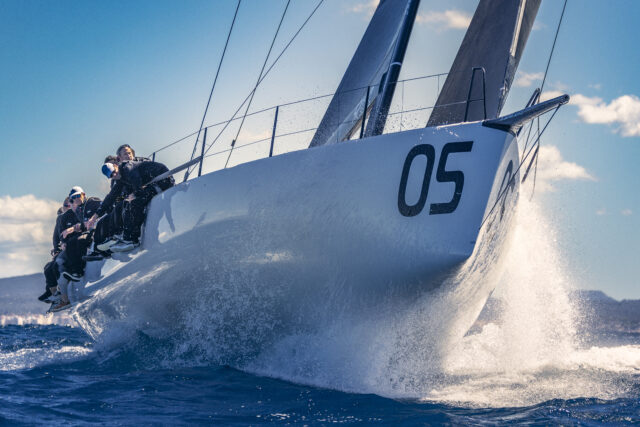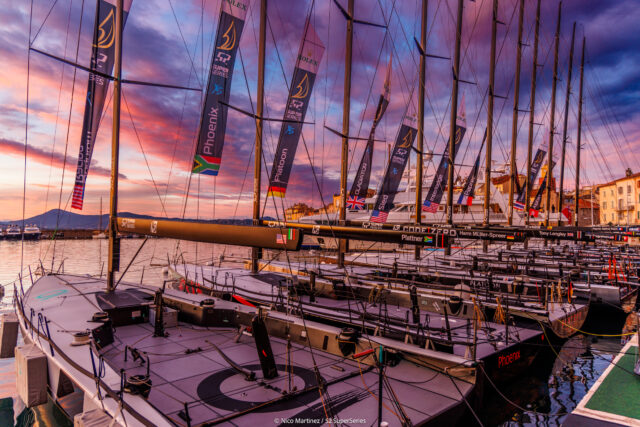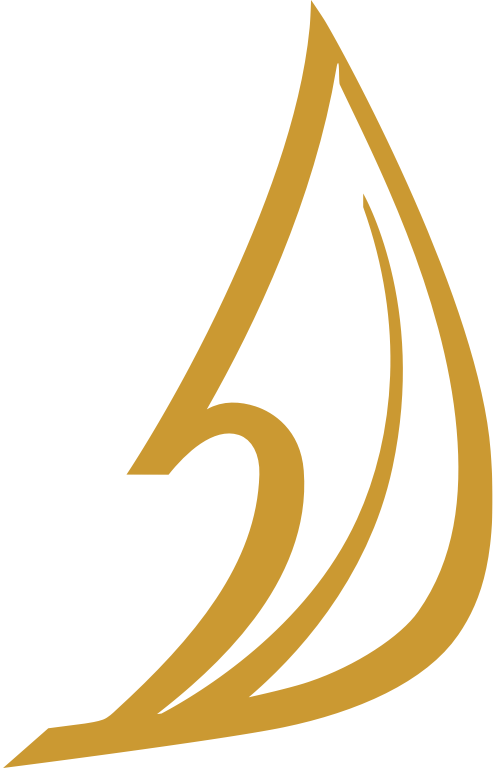(Tuesday 13th May, 2018, New Zealand) – Mr Takashi Okura’s New-Zealand-built Sled was the first of the nine latest generation new TP52s to touch the water when it made a splash in Auckland, New Zealand on February 15th. After a productive series of sea trials, the new Sled was on a ship to Europe on 24th February.
Long serving Kiwi America’s Cup and TP52 campaigner, Don Cowie – who, with project manager Brad Marsh, helped oversee the build by Tim Smyth and Mark Turner and the team at Core Builders Composites – confirms the new Sled will arrive in Valencia, Spain virtually ready to race, and he says:
“It is the best TP52 I’ve ever seen.”
The Sled crew are hoping that the very early launch and full crew sailing trials off Auckland, which will be supplemented by intensive training alongside other boats in Valencia leading into early May’s pre season indicator, PalmaVela, will all add up to a competitive advantage when they start the 2018 52 SUPER SERIES in Croatia on May 23.
The passionate, experienced owner has had a number of Sled race boats, all built in New Zealand. The Core team, recently more used to building America’s Cup multihull hulls and components, took considerable delight in building their first TP52 grand prix monohull, placing a high emphasis on weight saving, reliability and detailing.
“The boat is super impressive, the best I have seen. Their attitude is that every gram counts and the level of detailing is incredible.” Cowie enthuses.
As the Sled campaign seeks to improve on their recent season’s results, seventh in 2017 and 2016 and return closer to their best ever season’s end finish, third overall in 2015, changes in the team line up mean the 2018 crew will comprise a posse of Team New Zealand alumni, including many who together won the TP52 MedCup twice on the Emirates Team New Zealand TP52.
Ray Davies, multiple TP52 MedCup winner, returns to the circuit as tactician on Sled along with ex Team New Zealand stalwarts: Tony ‘Trae’ Rae, Robbie Naismith, Jeremy Lomas, Chris McAsey and Adam Beashel.
“It is pretty much coincidental we are all coming together as Team New Zealand sailors on the Sled, some becoming available because the Rán TP52 program has ceased, but they are all very good in their roles and we have had success together before. And more recently it has been good because we have all been here during the boat build,” smiles Cowie, who was on site at Core Builders most days since the build started in November.
After winning the America’s Cup with Team New Zealand last year, Davies is delighted to be back in the TP52.
“It’s almost a little bit of a Team New Zealand reunion. Mr Okura is looking forward to the season, and everyone has been putting an awful lot of effort in. The sea trials went really well and we are very happy with the quality of the build. We had good waves and breeze and have already put the boat through some tough conditions. Having Southern Spars and North Sails here is very beneficial. The guys from Core came down and had a sail, and that is important for them to feel part of it.
We should get a week of training in Valencia before PalmaVela, and we plan to sail with Alegre and whoever is keen. The interesting trend is definitely teams working together and sharing information and that has been successful, a few alliances are forming.
The Botín designs all seem very similar this year in the hull shape,” Davies notes. “There are some refinements, but the differences are in the systems on board. They are complicated below. Most teams have made changes to the positions of the appendages, and the masts are changed, the evolution being the stiffness of the mast and the position of the deflectors. Most of the new boats seemed headed in the same direction. Everything is stiffer and more ‘locked in’.”
Davies considers that the new boats are likely to be optimised towards a range of lighter air modes.
“It looks like some of the venues this coming season are predominantly light airs, as opposed to previous seasons where they were more mixed. So the boats are geared more toward light airs, I think, than windy stuff. It is all about refinements. Some teams are cross-sheeting the jibs now, and so there are some different layouts and sheeting systems. That is a new evolution.”
With several America’s Cup teams represented on the 52 SUPER SERIES, and racing set to be the highest level yet, Davies confirms he sees considerable advantages for him to be involved as he looks to defending the America’s Cup with Team New Zealand.
“It is good for us to be just out there sailing and racing at the highest level. Generally, in grand prix sailing, there has been a real move in drone technology and all the information coming off the boats. Having had the coaching-sailing role on Team New Zealand that is good for me here, to be able to keep current with all of the analysis that is going on. The grand prix circuit is almost as current as the America’s Cup, and the technology here is moving quite quickly forwards, and so being able to keep in there using all the developments, overlaying the drone footage with the data from the boat and presenting all of the data in a user-friendly manner, we found that really beneficial in the America’s Cup. It was easy to analyse where the mistakes were made around the course. I think all of the 52s are heading in that direction. There is a lot of logging of the performance and the strains, data coming off the boats. It is evolving and becoming more user friendly. The 52 SUPER SERIES is good to be stay racing, to stay competitive. The America’s Cup can get stale from time to time if you are just only in the design office. Right now there is some down time as The Rule gets written. Some guys are doing the Whitbread and some dinghy sailing. And here I can keep an eye out for young talent coming through. One of our America’s Cup team guys last year came up from being an amateur in another class, Carlo Osman, came through the ranks.”
One key target for 2018 will be the highly contested owner-driver title, but Davies is hoping to be able to emulate some of the successes he has had before in the Med with the TP52 class.
“For the Sled, our hopes are for Mr Okura to be first owner-driver, but it will be tough. It is tough at the starts with some of the best drivers in the world there, it is hard to be dominant in the pre start. We will focus on taking out the owner-driver category. We have had success before with Peter de Ridder winning the MedCup overall, and with Emirates Team New Zealand, we are striving to win overall.”
Cowie concludes:
“It is nice to have been sailing early. Our five days were super beneficial. We had the measurer down twice to make sure everything is measured, weighed, inclined, and we are ready to go.”

 52 SUPER SERIES Saint-Tropez Sailing Week – DAY 1
52 SUPER SERIES Saint-Tropez Sailing Week – DAY 1